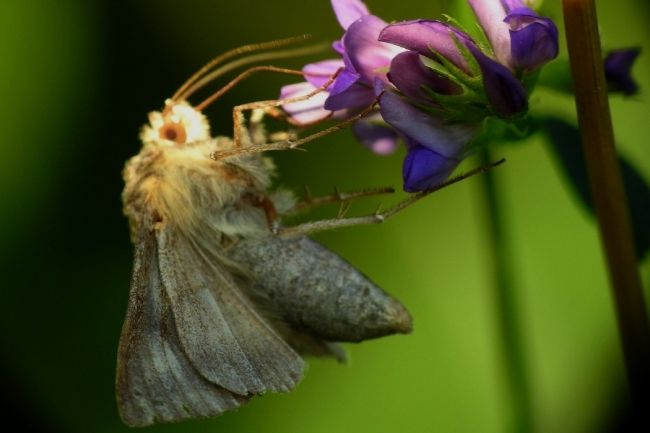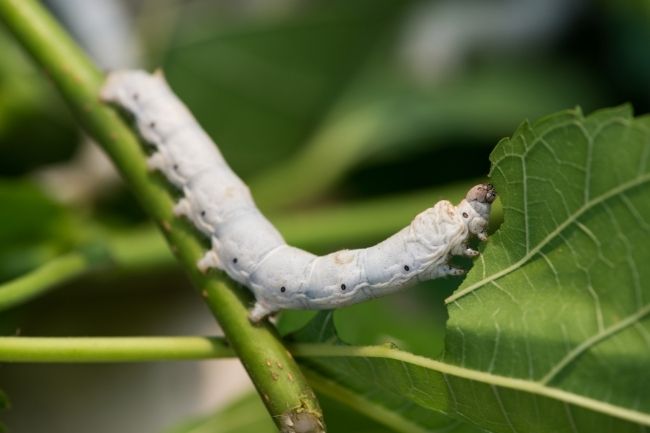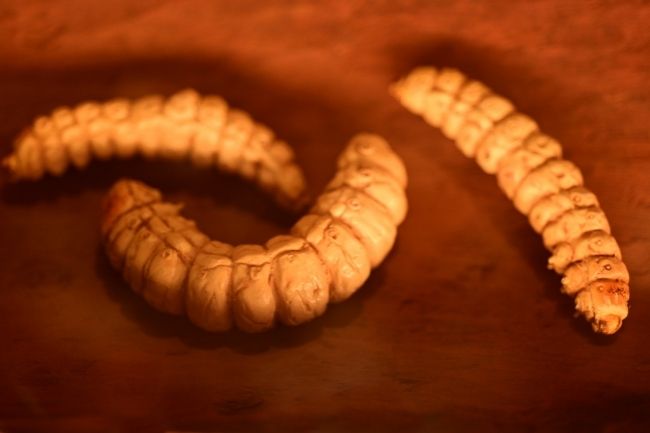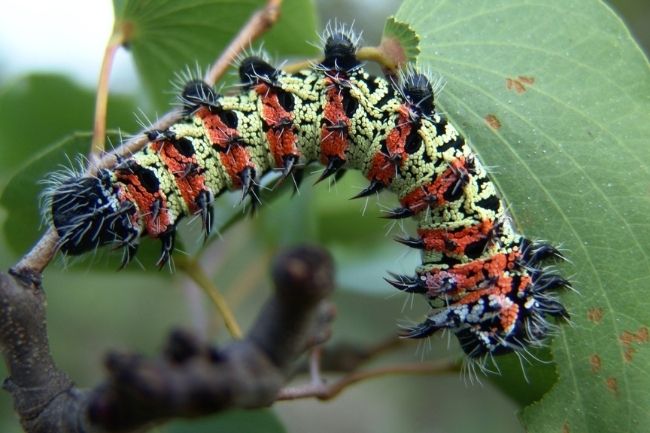While some moths can be poisonous, their toxins are largely aimed at smaller animals, and therefore have little to no effect on us.
Contents
A mouthful of moths

Did you know that the fear of moths is called mottephobia? For those afflicted with this unfortunate fear, the idea of accidentally ingesting a moth would be the stuff of nightmares. Yet, even for us moth-lovers a mouthful of moths really doesn’t sound appealing, from their big powdery wings to their crunchy exoskeleton.
Given this reticence to chomp down on these fluttery little creatures, and no doubt their reluctance to be eaten, the chances of eating a moth accidentally is fairly low. While it may be possible for a confused spider to wander into an open mouth while we sleep, though I think they are brighter than to make this mistake, a moth seems a less likely creature to fall into such a trap.
| Risk Factor | Description |
|---|---|
| Toxicity | Some moth species may contain toxins or chemical defenses |
| Allergic Reactions | Individuals with allergies may have adverse reactions |
| Digestive Issues | Ingesting moth parts or hairs may cause digestive problems |
| Parasitic Infection | Moths can harbor parasites that may infect the eater |
| Bacterial Contamination | Moths can carry bacteria that may cause illness |
The most likely way to end up with an accidental moth dinner is probably while moving quickly with your mouth open. Indeed, when flying insects are plentiful, some birds will use this technique to capture bugs on the wing.
However, as humans don’t often aim to catch free-range bugs with their mouths, this kind of scenario is only likely to occur when riding a bike, driving an open-top car, or even travelling on a rollercoaster.
Yet, if this most unlikely of circumstances does occur, the first thing you may want to know is what to do.
Also read: Difference Between a Moth and a Butterfly – Explained
What to do if you swallow a moth?
The first, and probably most obvious, thing you may want to do is split out the moth if possible. If you’re lucky, the entire moth may be recoverable, and it may even be able to go about its day, once it’s dried off. The second task will be to drink something to get rid of the taste. But beyond this you can relax, there’s really little a moth can do to you. While there are certainly some poisonous moth species, the majority do not contain any toxic substances in large enough quantities to cause us harm.
Poisonous moths tend to be brightly coloured. These bright colours are to inform predators that this snack will be unpleasant and not worth their time. Common warning colours are red, black and yellow.
However, even these poisonous moths don’t tend to contain enough poison to kill their predators. Warning colourations function through predators eating a few individuals and then realising that those moths are unpleasant to eat, making them feel unwell. After this, they then avoid eating any more. If the predator dies, then there would be no need for warning colours, as the predator wouldn’t have time to learn.
So, these moths will at most make a human feel a little sick. However, as the moths’ predators are generally much smaller than humans, the toxins they contain are too weak to affect us. Perhaps if you ate a great many you may feel the same effects as the moths’ usual predators, but if your moth ingestion was accidental it’s unlikely you will go back for more.
| Symptoms | Treatment |
|---|---|
| Nausea | Drink plenty of fluids, rest, and monitor symptoms |
| Vomiting | Seek medical attention if severe or persistent |
| Abdominal pain | Consult a healthcare professional for evaluation |
| Allergic reaction | Administer antihistamines or seek immediate medical help |
| Diarrhea | Stay hydrated and avoid foods that exacerbate symptoms |
Edible moths
While we may find eating moths unappealing, to say the least, across the world many cultures have been eating moths for thousands of years. Indeed, these, and other insects, can make an excellent source of protein. Today, environmentalists hail insect-eating as a carbon-friendly alternative to more traditional meats such as beef and lamb.
The silkworm

The silkworm is probably one of the most regularly eaten insects globally. While in the West we may know them more for their role in producing the silken strands that get woven into silk fabrics, the silkworm larvae are also eaten as a tasty snack.
Witchetty Grubs

Witchetty grubs have been harvested from the wild for thousands of years by Australia’s aboriginal community. These large grubs live within dead wood, and eventually emerge to become adult moths.
Mopane caterpillar

This brightly coloured caterpillar is an important source of income for many rural communities in the areas where it is found in Southern Africa. The caterpillar is widely eaten, being a source of protein as well as calcium and other vitamins and minerals.
So, the good news is eating a moth will not harm you, though it’s definitely bad news for the poor moth. Even better news is that there are many moths that are already on the menu around the world, meaning that if you fancy giving moths a go you certainly can.
If you don’t want to eat moths any time soon, then be reassured that moths aren’t dive-bombing for your mouth, and will do almost anything to avoid being eaten by you. So, as long as you remember to shut your mouth when zooming around on a bike or a skateboard, it’s probably not a circumstance you’ll ever come up against.

